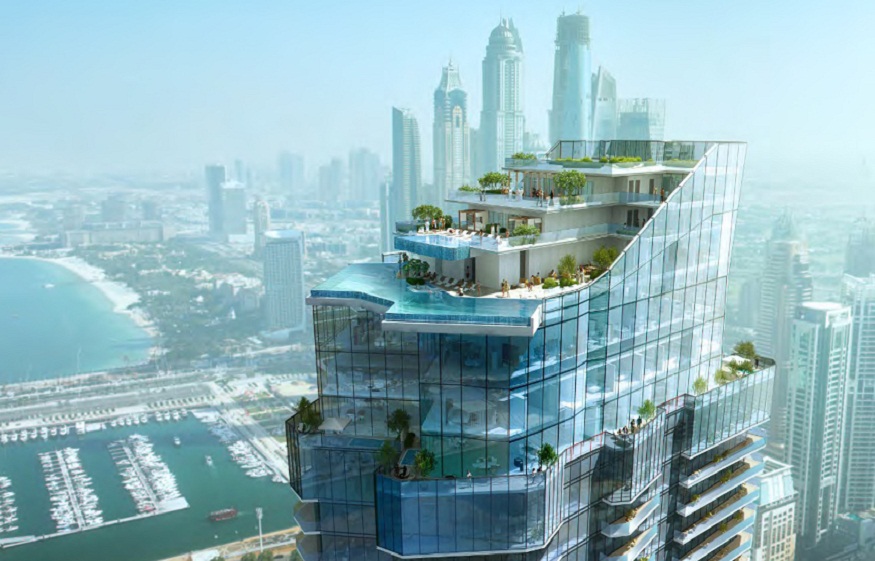For many investors, Dubai offers a compelling mix of growth potential, liquidity, and global appeal. Among the different ways to invest in its real estate market, off-plan opportunities remain especially popular. These pre-construction projects offer benefits that simply don’t exist in ready properties — especially for those looking to capture long-term value, flexibility, and innovation. In this guide, we’ll explore why off-plan projects are drawing so much investor interest in Dubai today, what makes them uniquely attractive, and what risks to be mindful of.
What’s Fueling the Appeal of Off-Plan Projects
One of the main reasons investors are drawn to off-plan property in Dubai is the combination of lower initial cost and flexible payment structures. Developers frequently offer attractive payment plans, which spread the financial burden across construction milestones or even post-handover phases. This reduces upfront risk and allows investors to commit capital slowly, rather than in one large payment.
Additionally, because these projects are still under construction, buyers often get in at a lower per-square-foot price compared to completed units. As construction progresses, the property’s value tends to appreciate — giving investors capital growth potential before they even occupy or lease the property. This makes off-plan investments an effective way to play long-term appreciation.
Why Off-Plan Remains Dominant in Dubai’s Market
In 2025, Dubai’s off-plan housing sector remains at the heart of the city’s real estate boom. According to recent market reports, off-plan transactions accounted for more than 70% of all residential sales in Q3.
This dominance is reinforced by investor confidence in new launches, especially in suburban and master-planned communities like Jumeirah Village Circle, Dubai Hills Estate, and Dubai Creek Harbour.
Furthermore, Dubai’s regulatory environment helps — escrow protections and developer-buyer regulations offer a layer of security to those purchasing early, reducing perceived risk and encouraging investment.
Key Benefits for Investors
1. Capital Appreciation Potential
Because off-plan properties tend to be cheaper initially, there’s room for value to grow significantly by the time the project is completed. If demand holds or grows, investors can benefit from capital gains even before the property is ready for occupation.
2. Flexible Payments
Developers often provide structured payment plans tied to construction progress. This flexibility makes it easier for investors to manage cash flow and align payments with their financial capacity, reducing initial burden.
3. First-Mover Advantage
Early investors may gain early access to the most favorable units (location, view, size) in a project. They also benefit from early-bird pricing or pre-launch discounts.
4. Modern Community Design
Many off-plan projects in Dubai are part of well-planned, master-developed communities. These often include amenities like parks, schools, retail centers, and integrated transport — designed for a modern lifestyle, which also supports long-term value.
5. Sustainability & Tech Integration
New developments increasingly incorporate green building practices, energy-efficient materials, and smart infrastructure. For investors, this means lower running costs and stronger tenant appeal when the property is ready for leasing.
Risks That Investors Should Consider
1.Supply Overhang
A growing concern among market watchers is the potential oversupply of new units. Analysts have warned that a large number of off-plan properties could flood the market in the coming years, which may exert downward pressure on prices. (Off Plan Projects)
2.Construction Delays
Any off-plan investment comes with the risk of delayed delivery. While many developers in Dubai are reliable, construction timelines can stretch, especially for ambitious or large-scale projects.
3.Market Correction
Some financial institutions have cautioned about a possible market correction in the near future. (Reuters) If valuations were to soften, investors who entered at peak may face downside risk, particularly speculative buyers or flippers.
4.Unclear Exit Strategy
Exiting an off-plan investment is not always straightforward. Depending on the project and market conditions, resale before delivery may be difficult, or exit yields may be lower than anticipated. Investors should carefully plan their exit based on realistic market scenarios.
How Investors Can Make Smart Off-Plan Choices
1. Do Due Diligence on Developers
Look for developers with a strong track record of completing projects on time and managing quality. Financial stability, reputation, and history are critical.
2. Understand Payment Plans Thoroughly
Analyze the payment schedule, escrow protections, and handover terms. Confirm how payments are linked to construction progress, and whether there are safeguards for buyers.
3. Choose Strategic Locations
Prioritize projects in established or master-planned communities rather than overly speculative locations. Projects with good infrastructure and long-term planning tend to offer more stable value growth.
4. Evaluate End-Use Demand
If your goal is rental income, assess the rental market in the area. If capital appreciation is the primary goal, look at absorption rates, future supply, and buyer mix.
5. Stay Mindful of Timing
Align your investment horizon with delivery dates. If you’re planning to hold for several years post-handover, you’re better positioned to ride out market cycles.
Conclusion
Off-plan properties in Dubai continue to captivate investors for good reason. They offer a compelling blend of growth potential, flexible financing, and modern community design. However, success in this space requires care, foresight, and a clear strategy. By understanding the opportunities as well as the risks — and by choosing wisely — investors can leverage the off-plan market to build meaningful, long-term value in one of the world’s most dynamic real estate landscapes.


